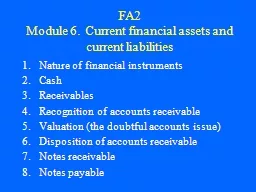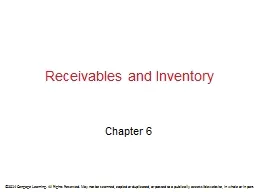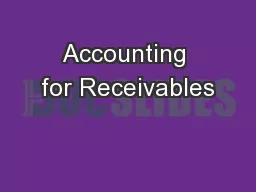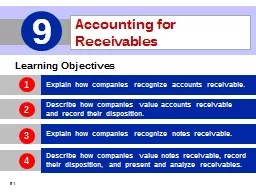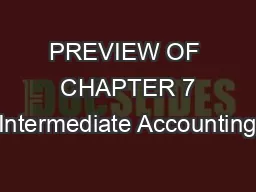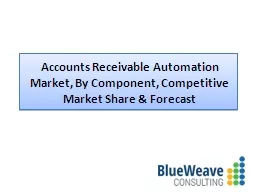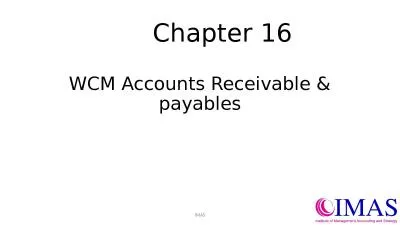PPT-Non-Student Accounts Receivable
Author : phoebe-click | Published Date : 2017-05-25
Julie Justice East Carolina University NonStudent NonPatient AR NonStudent Not billed through Cashiers Office NonPatient Not billed through Division of Heath Sciences
Presentation Embed Code
Download Presentation
Download Presentation The PPT/PDF document "Non-Student Accounts Receivable" is the property of its rightful owner. Permission is granted to download and print the materials on this website for personal, non-commercial use only, and to display it on your personal computer provided you do not modify the materials and that you retain all copyright notices contained in the materials. By downloading content from our website, you accept the terms of this agreement.
Non-Student Accounts Receivable: Transcript
Download Rules Of Document
"Non-Student Accounts Receivable"The content belongs to its owner. You may download and print it for personal use, without modification, and keep all copyright notices. By downloading, you agree to these terms.
Related Documents




